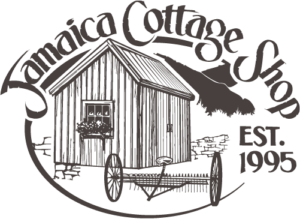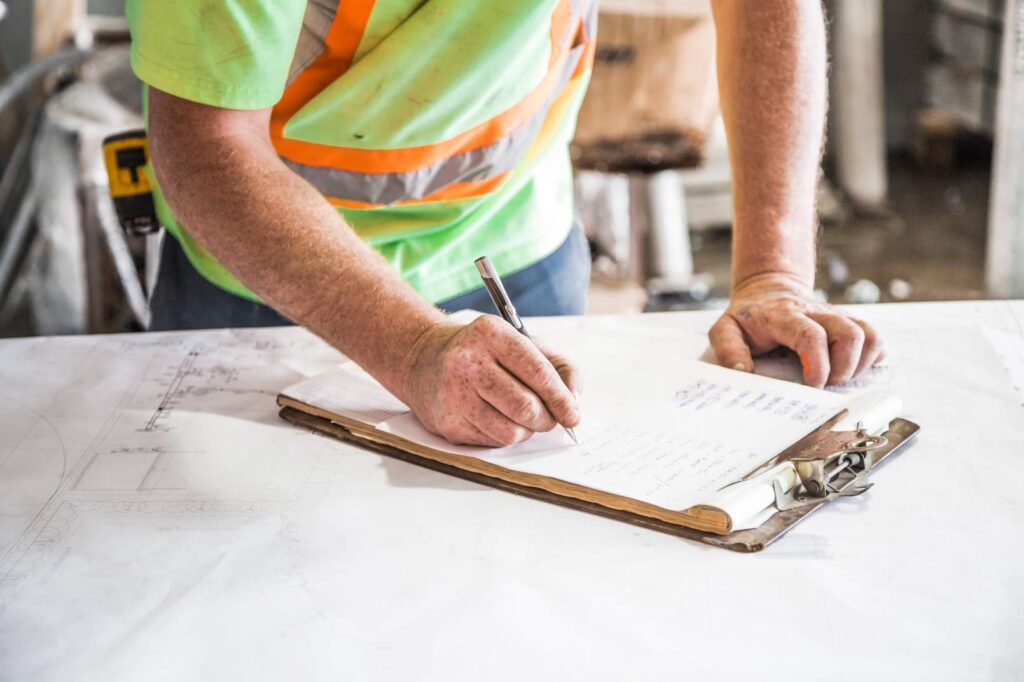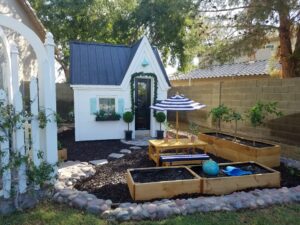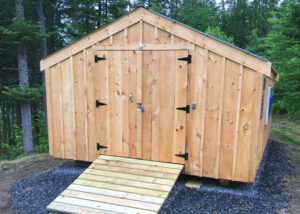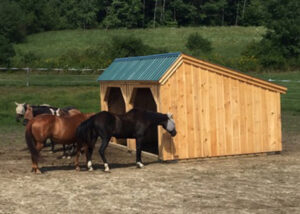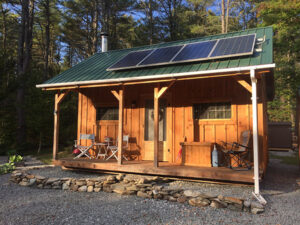WHAT TO KNOW BEFORE TAKING ON A CABIN BUILD
Before beginning to build a tiny house or cabin kit on your property, there is a lot you need to know. There is quite a bit of cabin building planning you will have to do if you want to ensure things go smoothly. You will also have to consider the time necessary for completion so you can prepare well. Most importantly, you must think about your budget. The truth is – the process of building anything begins way before you pour the foundation. And if you carry out the planning phase well, everything after the foundation will be much more exciting. The lack of planning and budgeting may result in costly mistakes later during the construction phase that you most certainly want to avoid. Here are a few very important points you will want to cover before you begin your post and beam home build.
Stage 1 – Know What You Are Getting Into
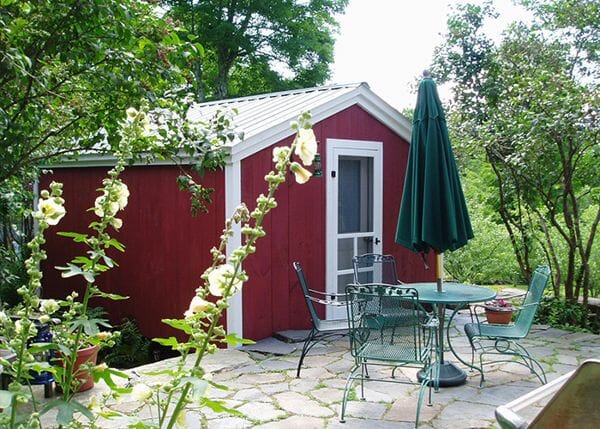
We can romanticize building our dream homes as much as we want; the reality is that the process, while rewarding, is also time consuming and challenging. First of all, you have to carefully consider every step to see if this is for you. To get more information, consult with a friend or family member who has gone through the process of building their own home. Even better, talk to a professional contractor who can walk you through the ropes. Once you know what you can expect, you will know if building your house from scratch is the right option for you.
Time Considerations
Before making any decisions, you must understand that building a house takes time. If you haven’t already, you must find an appropriate location. There is no way of knowing how long that can take, but it can be anywhere from two months to two years. Next, obtaining all the necessary permits is a must. Finally, when the time for building comes, know that it takes about seven months on average. So, if you need to move to a new home quickly, building your new house may not be a suitable option. Some of clients purchase a small shed to camp out in while they are building their permanent home.
Budgeting is Crucial

First and foremost, you have to be realistic about how much you can afford to spend. Then you have to calculate how much it will cost to build a structure in question. So, in the end, you will essentially balance out your wishes and desires and your financial capabilities.
You will likely have to get a loan for construction and a mortgage, or obtain financing for a project that will be built on existing land. During this phase, you should also figure out how big of a loan you can qualify for. You can do that by visiting a bank that will gladly provide you with information on how much money you can get based on your income and other financial obligations.
This stage will also involve calculating how much various elements and features of your new cabin will cost. The budgeting plan should also include the cost of the land, designer, contractor, building materials, and once the rough work has been over, interior features and appliances. If the land does not have water access, waste water removal or storage and electricity these will also need to be accounted for. This is a time-consuming and not at all simple process, so it can take more than a year before you finally sign a contract with a building company.
Various Additional Costs
If you need to customize the design of the house to fit your lot, it will cost more. If you don’t even have a lot yet, keep in mind that about 20-25% of the cost of the new home will go to the land purchase. Should you need the help of a real estate agent when searching for a piece of land, put their fees in the calculation as well.
In addition, you will likely need a place to store your belongings during the transition. While portable storage containers are an excellent solution for short-term storage, remember that they too cost money, and you need to account for it in your budget. Better yet, get a shed and you will have permanent tool and garden storage once your permanent home is built.
You may forget other expenses during your planning phase, for example, furniture, garden equipment, internet, and media wiring. There are also additional monthly expenses such as property taxes, insurance, and lawn-care services.
Stage 2 – Buying Land
The location of the land is important, and so are its features. You have to discuss with your contractor if there will be any additional expenses, such as digging a well and putting in a septic tank. It’s essential to know if there are power and water hookups on the site or you need to add them. You want a piece of land that will require as little work as possible before construction begins.
Also, before deciding anything, see if the location is suitable for your family’s needs. Are there any shops nearby? Is it close to a school? Will the amount of traffic pose a threat to your pets and kids? Try to get a feel of what it’s like to live in the area. Consider your lifestyle and interests. If you like spending time outdoors, will you have an opportunity to do so, etc.?
Stage 3 – Deciding on Design
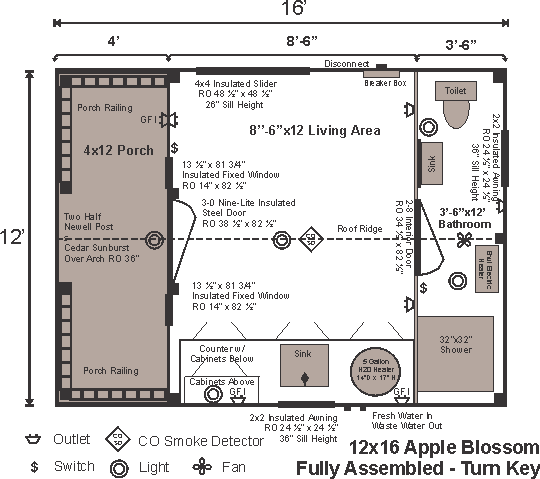
A house plan is not only a drawing. It’s a set of directions that will get you your dream home. To choose the right house plan, begin by deciding on the size of the home you need. Consider the number of bedrooms and bathrooms you need. Also, ask yourself if you are planning to grow your family. Do you need a guestroom?
As for the floor plan, think about your lifestyle. If you entertain a lot, maybe you will need a more modern open concept style with a vast living room. For every decision you make, weigh the pros and cons. Decide on the things you can and can’t live without. Having a good and experienced designer by your side will help you make the right choices.
If you start with a small design and find you need more space you can always add accessory dwelling units in the future.
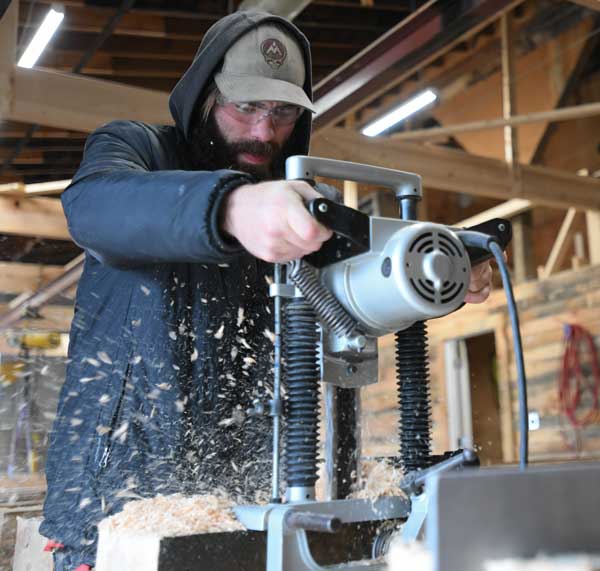
Stage 4 – Hire a Reliable Contractor
Finding the right builder for your project is crucial. If you fail, you may end up dissatisfied with the result. Therefore, do thorough research. Check how long local builders have been in business and if you like the job they have done so far. Don’t be afraid to ask as many questions as you want, and if you notice the contractor is evasive, consider it a red flag and move on. Ask for referrals, and make sure you contact the previous clients or read online reviews. We have a list of recommended assemblers who you can talk to for a quote.
These preparatory stages are as exciting and exhilarating as they are stressful and arduous. However, if you consider planning, time frames, and costs carefully before beginning to build a cabin on your property, you will ensure the construction itself is smooth sailing.
Author Bio: Greg Dawson is a DIY enthusiast with a lot of experience in content writing for companies. He enjoys sharing his DIY projects on his social platforms and writing step-by-step tutorials on how to do them. His work allows him to combine his two passions – DIYing and writing about it and other topics. In his free time, he enjoys gardening. At the moment, he is transforming his garden shed into a new workshop for his new projects.

